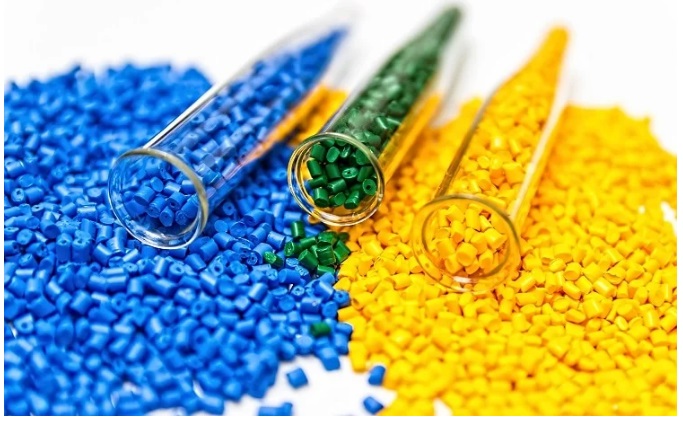Dehumidifying or drying plastics in the process phase may be a important part of injection molding. Drying plastic resin utilized to reduce or eliminate complications that will be caused by an excessive amount of moisture in an exceedingly plastic material. The extent to that moisture affects the quality of a molded part is set by {the specific the precise the particular plastic resin being processed and therefore the supposed purpose of the part. this article can discuss 2 categories of resins as well as the benefits of drying plastic material.
Hygroscopic vs. Non-Hygroscopic
Each kind of resin contains a set of process characteristics that have a definite affinity to assemble moisture. These 2 groups of polymers discuss the distinction between hygroscopic and non-hygroscopic polymers.
Hygroscopic Polymers
These polymers include Nylon, ABS, Acrylic, PET, PBT, polyurethane, Polycarbonate, and many more. These resins absorb moisture internally and unleash moisture through the air. Any resin moving from storage to the molding machine usually needs drying because of hygroscopic properties. once the wet hygroscopic pellet is surrounded by a dry and hot setting for a sufficient amount of your time, the pressure outside the pellet is under the pressure inside the pellet. The moisture inside the pellet begins to migrate toward the area of low pressure outside the pellet. Eventually, the pellet becomes dry. Below are some characteristics of hygroscopic polymers.
- They have a strong affinity to attract moisture.
- Internal moisture cannot be removed with hot air alone.
- Will absorb moisture into their molecular structure if exposed to ambient air. Must process quickly after drying.
Non-Hygroscopic Polymers
These polymers include PVC, polypropylene, polystyrene, polyethylene, and many more. These resins don’t absorb moisture internally into the pellet. However, moisture may be collected on the surface of the pellet. Applying heat becomes a very important a part of removing surface moisture once this happens. Below are characteristics of non-hygroscopic polymers.
- Any moisture collected is on the surface of the pellet (adsorption).
- Typical moisture collection is due to condensation.
- Moisture is easily removed by passing a sufficient stream of warm air over the material.
Advantages of Drying Plastics
The moisture contained among the plastic may seem sort of a tiny aspect of processing, but if not controlled it will make it nearly impossible to provide quality plastic components. resin drying before process maintains the performance characteristics of your resin and ultimately your competitive position. Some advantages of drying plastics include:
- Preventing Cosmetic Problems: Known as splay or silver streaking.
- Preventing Hydrolysis: A chemical reaction that breaks the covalent binds in the polymer chain, reducing molecular weight of the polymer and significantly reducing mechanical properties.
- Preventing Part Failure: When drying, if the maximum level of moisture appropriate for processing is not reached, premature part failure and structural defects can occur.
Again, we tend to dry hygroscopic resins to get the moisture out. a lot of importantly, it’s to ensure maximum polymer performance. we tend to produce parts for medical and different high-liability applications. We tend to perceive that if a wet resin is processed, we are going to be leaving a “fingerprint” on the part. If the part fails, tests may be done to examine if the polymer chains are the proper length.
We at KERONE have a team of experts to help you with your need for drying technologies for Plastic in various products range from our wide experience. For any query write us at [email protected] or visit www.kerone.com.

